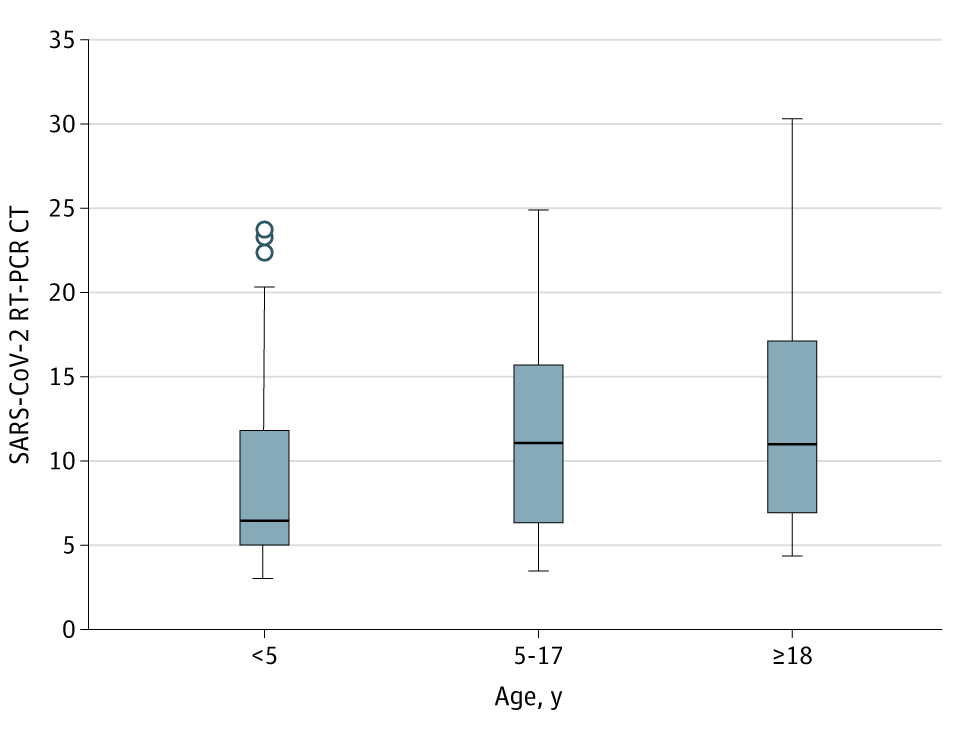Offline
The thought I have on schools is essentially there is a whole lot of unknowns, and a whole lot of political pressure to open up. As we were talking about in my county which maybe, possibly, might’ve, almost potentially peaked , is that we are at the point if we can’t do it outside it’s shut down. I mean we are just a step above lockdown again. Now, I’m not a genius, but if I have this kind of environment is it really a good idea to open schools back up? Forget the battles of how bad kids can have it. They can spread it. They are confined in a poorly ventilated box for 6-7 hours. They will take those germs home to their families. We will have more cases. That’s just standard logic. Unless this virus is made of unicorns and fairy dust, that’s how they work. From what I hear they are opening the convention center for hospital overflow next week.
I would much rather go into the year knowing I will be remote teaching. I have a weeks worth of classes I am halfway through on the latest research how to do it. I have new curriculum which has been built for distance learning. So we have a plan, we have training and the district has hired people to enforce accountability on the families through home visits and such. This to me is so much better than reacting to the mess we know we are going to have if we try to go back.
I would much rather go into the year knowing I will be remote teaching. I have a weeks worth of classes I am halfway through on the latest research how to do it. I have new curriculum which has been built for distance learning. So we have a plan, we have training and the district has hired people to enforce accountability on the families through home visits and such. This to me is so much better than reacting to the mess we know we are going to have if we try to go back.



